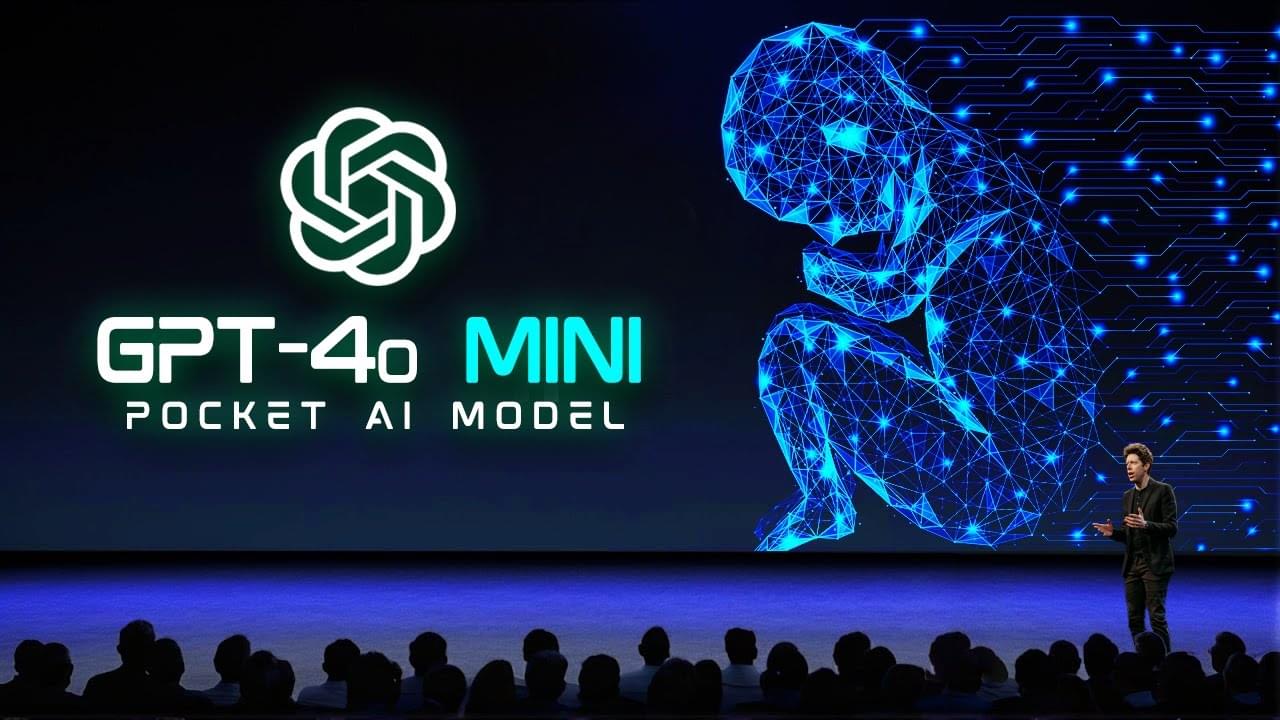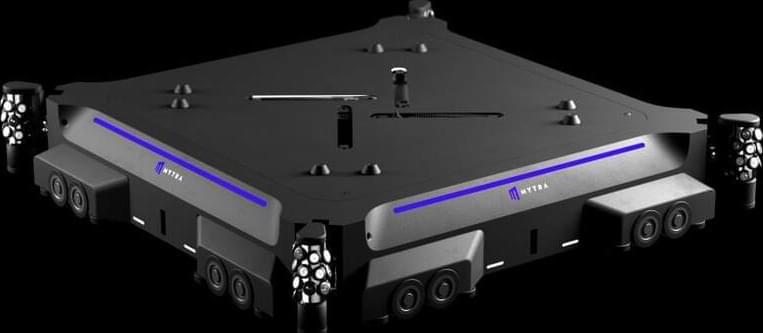Jul 23, 2024
Reality or Simulation? Simulation Argument by Nick Bostrom
Posted by Dan Breeden in categories: existential risks, neuroscience, physics, robotics/AI
Nick bostroms simulation argument.
Have you ever paused, looked around, and wondered if everything you see, feel, and experience is real? Or could it be that we’re living in a sophisticated simulation, indistinguishable from reality?
This thought isn’t just a plot from a sci-fi movie; it’s a serious philosophical argument proposed by Nick Bostrom, known as the Simulation Argument. If you’ve ever questioned the nature of reality or pondered over the mysteries of existence, this exploration is for you.
Continue reading “Reality or Simulation? Simulation Argument by Nick Bostrom” »









 עברית (Hebrew)
עברית (Hebrew)







